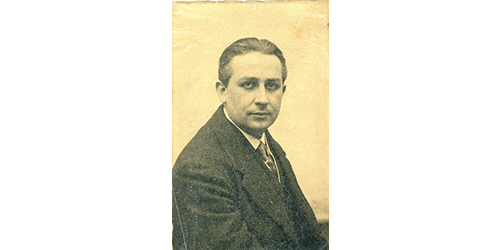
DUPRÉ IN THE ’20S
Rollin Smith2023-05-02T16:17:51-04:00In 1920, Marcel Dupré was 34 years old. He had been, by this time, assistant to Charles-Marie Widor at the Church of Saint-Sulpice and to Louis Vierne at Notre-Dame Cathedral, had won first prize in piano, organ, fugue, and composition at the Paris Conservatory, composed his most famous work (Trois Préludes et Fugues, Op. 7) and won the Premiere Grand Prix de Rome. These achievements were enough to place him at the pinnacle of musicians in France. However, during the decade of the 1920s, momentous events skyrocketed him to worldwide fame and recognition.
-
Digital Downloads, Leupold Editions, Organ Teaching Methods, Annotated Performer's Editions, Solo Organ - Original Compositions, ResourceDUPRÉ, MARCEL
Smith, Rollin – An Introduction to the Organ Music of Marcel Dupré
0 out of 5$39.00Selected, annotated, and edited by Rollin Smith. Souvenir, Op. 65 bis; Élévation, op.2; Antiphon III, Op. 18, No. 3; Antiphon V, Op. 18 No. 5; Improvisation V; Improvisation VII; Improvisation…
Perhaps the most significant and far-reaching event of this era occurred in 1921. The New York Wanamaker department store’s auditorium organ was completed that year and the concert manager, Alexander Russell, went to Paris with the intention of persuading, Charles-Marie Widor (with whom he had studied) to come to New York. Widor would not consider the voyage, but recommended his 35-year-old protégé, Marcel Dupré. Dupré was engaged for 13 recitals at the Wanamaker stores (ten in New York and three in Philadelphia), in addition to which, he played two recitals at St. Thomas’ Church, N.Y., one each in Syracuse, N.Y., and at the Boston Conservatory, and four in Canada. Dupré arrived in New York on November 11, 1921. On November 17, he played a private recital for Rodman Wanamaker and an invited audience. On Nov. 17, 1921, Dr. Russell hosted a luncheon for Dupré at the Player’s Club. Among the organists invited were Philip James, Lynnwood Farnam, T. Tertius Noble, Edward Shippen Barnes, and Clarence Dickinson. Afterwards, Farnam and Philip James took Dupré to the Church of the Holy Communion where Farnam played Dupré’s Prelude and Fugue in G Minor. Dupré was so surprised that anyone would have memorized his music that he rushed to the organ, embraced the shy Farnam, and kissed him on both cheeks!
The following evening, November 18, Dupré made his American debut in the auditorium of the New York Wanamaker department store. Ending his recital with the improvisation of a four-movement symphony on submitted themes, the program received front page coverage of the·New York Evening Post with a headline reading “A Musical Miracle.” Dupré reminisced about his next recital:
On the 8th of December 1921, I gave a recital in Philadelphia on the largest organ in the world, the Wanamaker organ, comprising 450 ranks. Among the themes proposed by the musicians of that city for an improvisation, four themes seemed to me to be a syn-thesis of the life and passion of Christ. I thought immediately of a plan for a symphony in four movements which I improvised and later wrote down between the years 1923 and 1924.
Marcel Dupré
On this first six-week visit to the United States, Dupré played 14 concerts, alternating between both Wanamaker stores. It was after one of these recitals that Joseph Bonnet’s manager from Montréal, Bernard R. LaBerge, proposed the creation of a transcontinental tour to both Dupré and Alexander Russell. All three men agreed.
On his first transcontinental tour of the United States from October 1922 to April 1923, Dupré played 96 recitals in 85 cities, improvised more than 50 four-movement symphonies, and grossed over thirty thousand dollars. Themes were provided by local organists, music critics, and outstanding musicians of the day—Leopold Stokowski, Victor Herbert, Artur Bodanzky, Pierre Monteux, Walter Damrosch, and Percy Grainger. The result was such that, as Herbert Elwell of Cleveland wrote, “Many composers would be happy with a product like this, even if it took several weeks in the making. To devise it extemporaneously seems like some sort of magic.”
When Dupré arrived in New York in September 1922 to begin his first transcontinental tour of the United States his first professional engagement was a visit to Aeolian Hall on September 30, where he recorded seven Aeolian Duo-Art rolls. At that time the Aeolian Company had perfected a reproducing mechanism that authentically captured the exact playing, registration, and expression of the performing artists. Five works (including his own Prelude and Fugue in G Minor) and an improvisation were the result of the recording session. Through the medium of the Aeolian Duo-Art recording process, we can hear Dupré’s performances as his audiences must have heard them played in 1922. Of particular importance is his first recorded improvisation. The theme harmonically outlines a C-minor triad and Dupré developed it as a scherzo against a reiterating sixteenth-note accompaniment figuration inspired by that in the second Allegro of Widor’s Symphonie gothique. For six minutes, the master improviser created a musical composition. Of course, it might have turned out differently if he had had more time to experiment with the theme, or, in writing it out, he had added elaborate contrapuntal detail. The key to success in improvisation is spontaneity achieved through technical mastery. But later, much that is spontaneous can seem awkward or ill-conceived. Zephyrs stands on its own merit as an original piece and the only example we have of the genius-practitioner at the height of his creative and executive powers. Feeling that a title more descriptive than “Improvisation” would make the roll more appealing, one of the Aeolian staff bestowed the fanciful title Zephyrs on Dupré’s roll.
In January 1923, Dupré was in Boston to play with the Boston Symphony, conducted by Pierre Monteux. For his part of the program on Friday afternoon the 12th, he played the Bach Concerto in D Minor for organ and strings, and Wallace Goodrich’s arrangement of the Franck B-minor Choral for organ and orchestra, which Philip Hale wrote “gives little opportunity for virtuoso display [but at least] the organ does not quarrel with the orchestra, as is generally the case when the organ is required to take a prominent and independent part.” (“11th Symphony Concert Given,” Boston Herald (Jan. 13, 1923): 7.) On January 17, Dupré stopped by the Skinner organ factory and recorded three rolls for their automatic player, all pieces he was to play that evening at Eliot Congregational Church in Newton: Daquin’s Noël X (identified on the roll as Noel with Variations), the Scherzo from Widor’s Fourth Symphony, and his own Prelude and Fugue in G Minor. (First advertised in Stop, Open and Read, 2, no. 1 [1924]: 21.)
It was during this tour that the Variations on an Old Noel, Op. 20, was composed. Dupré used as the improvisationa1 ideas for these variations the impressions made on him by various American cities and organs. Also on this tour, Cortège et litanie began its evolution. Originally from a ballet suite for eleven instruments, Dupré incorporated it as one of the Four Pieces for Piano, Op. 19. While on this tour he played the piece for a group of friends. Russell suggested that he transcribe it for organ and later suggested it be arranged for organ and orchestra.
One of the most important events of this first tour was the performance of the complete organ works of César Franck in honor of the centenary of his birth. These three recitals at the New York Wanamaker store on December 27, 29, and January 3 were shared by Dupré and Charles Courboin. Dupré requested to be free from improvising at these programs, but the public demand was so great, that a compromise was reached: Dupré improvised on two themes selected by Alexander Russell from the works of Franck.
A second American tour was undertaken in 1923 that comprised 110 recitals in six months. From October 1 through 20, Dupré played the first complete series of Bach’s organ works in America on ten recitals at the Church of St. Andrew and St. Paul in Montréal. Later, the Variations on an Old Noel was heard in America for the first time. On March 25, 1924, Dupré had his first experience with a Wurlitzer Hope-Jones Unit Orchestra at the Denver Auditorium. His impression remains unrecorded, although his expression in the photograph that appeared in the local newspaper betrays a decided lack of enthusiasm. The longest of all organ recital tours in history closed with a series of three recitals at the New York Wanamaker store dedicated to the symphonies of Widor and performed by Charles Courboin, Lynnwood Farnam, and Marcel Dupré.
On his
return to Paris in April 1924, Dupré married Jeannette Pascauou. The months
between April and October were spent completing his realization of the Passion Symphony. Dupré premiered the
work at the dedication of the new Henry Willis organ in Westminster Cathedral
in
London in October that year.
The following November 18, Dupré opened his third American tour at the New York Wanamaker store playing the Passion Symphony and the Suite Bretonne. He returned to Paris on Feb. 27, 1925, after having played in 40 American cities.
These successful early years of the 1920s enabled Marcel Dupré in 1925 to purchase a villa in Meudon and to erect adjacent to it a concert hall. It was in this year that the title Chevalier of the Legion of Honor was conferred on him by the French government.
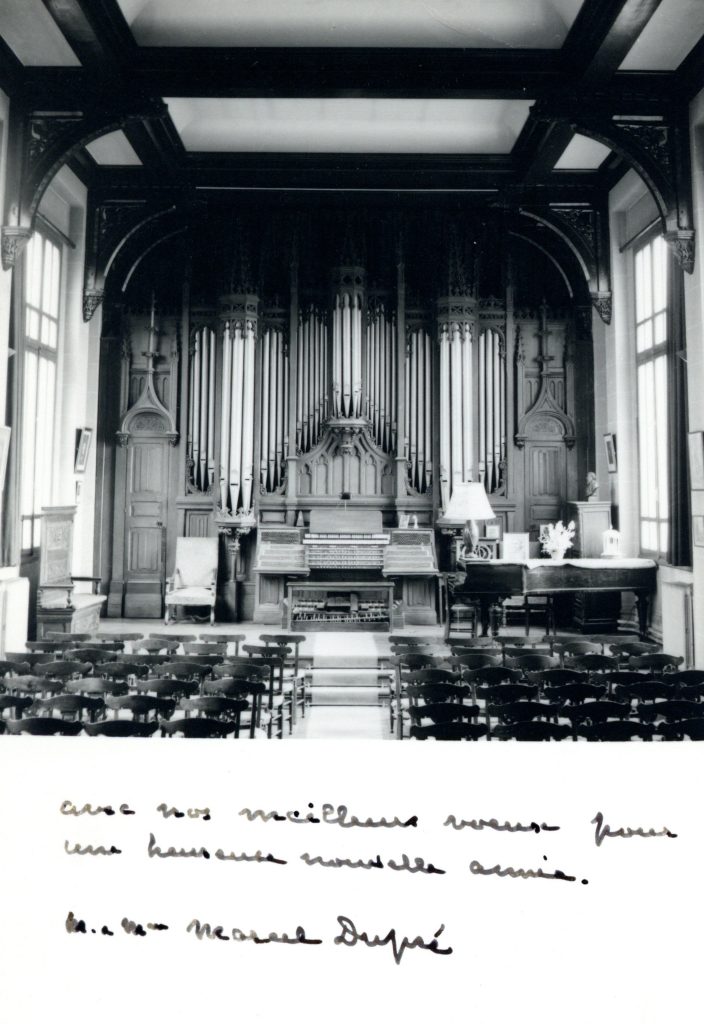
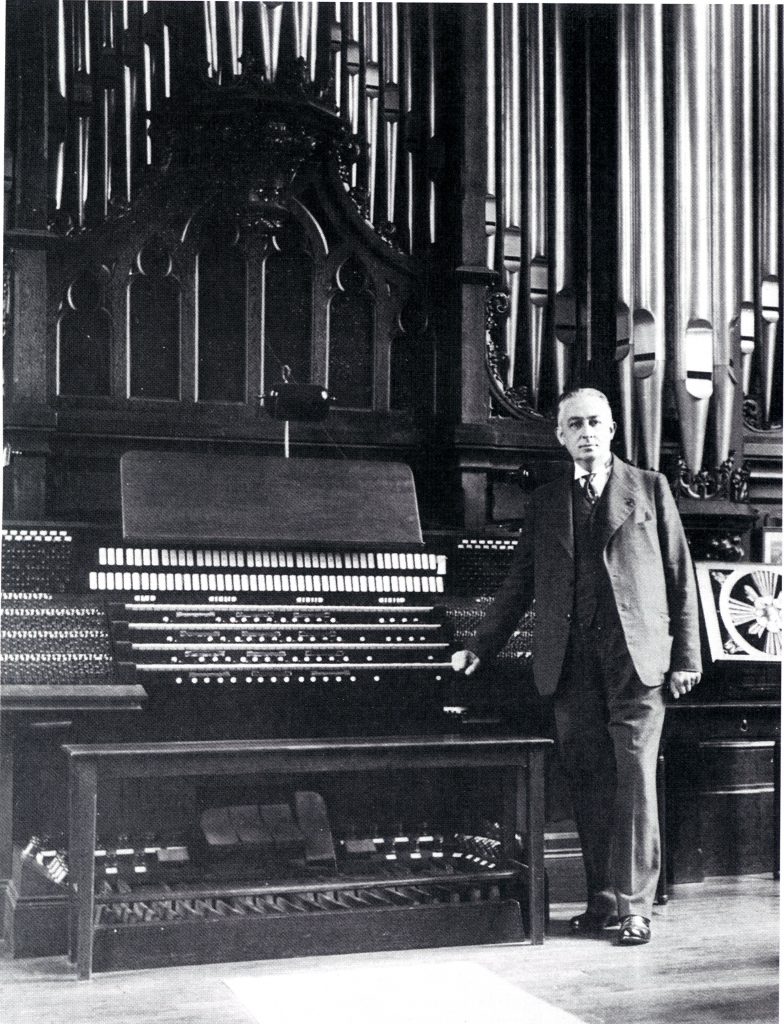
In 1926, Dupré played at the Handel Festival at the Crystal Palace in London, made his first phonograph recordings in Queen’s Hall, and succeeded Eugène Gigout as professor of organ at the Paris Conservatory. He also took posts at the École Normale and the American School at Fontainebleau. Lamento, Op. 24, was composed this year and dedicated to the memory of the son of Archibald M. Henderson of the University of Glasgow. While in Freiburg in September for the Organ Conference, Dupré recorded player rolls for the Welte Philharmonic Organ on September 18. In addition to works by Bach, Franck, Widor, Daquin, and himself, he recorded an improvisation, using as the theme of Franz Schubert’s Wiegenlied, Op. 98, No. 2.
In 1927, Dupré bought and installed Guilmant’s residence organ in his private concert hall. The following year he premiered Lamento and his Symphony in G Minor for Organ and Orchestra, Op. 25, at the University of Glasgow.
Marcel Dupré’s last tour of America in this decade began with a program played for the Headquarters Chapter (New York City) of the American Guild of Organists on September 28. The next evening he played the premiere of the Second Symphony, Op. 26, in the Princeton University Chapel. On October 10, a spectacular concert before more than 10,000 persons—undoubtedly a historic record for an organ recital—was arranged at the Chicago Stadium for the dedication of the new $250,000 Barton organ—a six-manual, 51-rank unit organ with “the roar of Niagara and the modulation of whispering angel voices.” For better or worse, the maître shared the program with the Paulist Choristers, a local Catholic boy choir that interspersed organ music with the singing of Gounod’s “Sanctus,” “Old Black Joe,” and “Swanee River.”
After his experience with what was probably the loudest musical instrument ever built, it was a letdown to go east and play the Austin in Dartmouth College’s Rollins Chapel and the Skinner in the First Congregational Church of Dalton, Mass. But on October 13m Dupré made another series of historic recordings, this time on rolls for the Skinner player organ. He played his own Prelude and Fugue in G Minor, Cortège et Litanie, the “Cradle Song” from his Suite Bretonne, and his second recorded improvisation, Variations on “O come, all ye faithful.”
Thus ended the most important decade in the life of the great virtuoso. He made six more tours of the United States, and then returned in 1957 to inaugurate the organ of Detroit’s Ford Auditorium and to record two long playing records at St. Thomas Church in New York. His last visit was in 1961 to dedicate the organ in Detroit’s Central Methodist Church. By April 1971, at London’s Royal Albert Hall, Dupré played his 2,180th recital.
1 Aided and abetted by a very close member of Dupré’s own entourage who had everything to gain by having
Jeanne Demessieux exiled. The stuff of a very convincing opera libretto!
2 Emissions télévisées : Marcel Dupré à Saint-Sulpice et à Meudon (1955 à 1969). Association des Amis de l’Art de
Marcel Dupré, 2008.
3 https://www.youtube.com/watch?v=-aKNXWPhsmg
4 A charming anecdote related by Marie-Madeleine Duruflé to the author in 1992: The Duruflés adored cats but
did not keep one in their apartment. Maurice would occasionally call André Marchal who in turn gathered his cat,
coaxed it to purr, and held the telephone next to the cat’s throat so Maurice would get his “fix.”
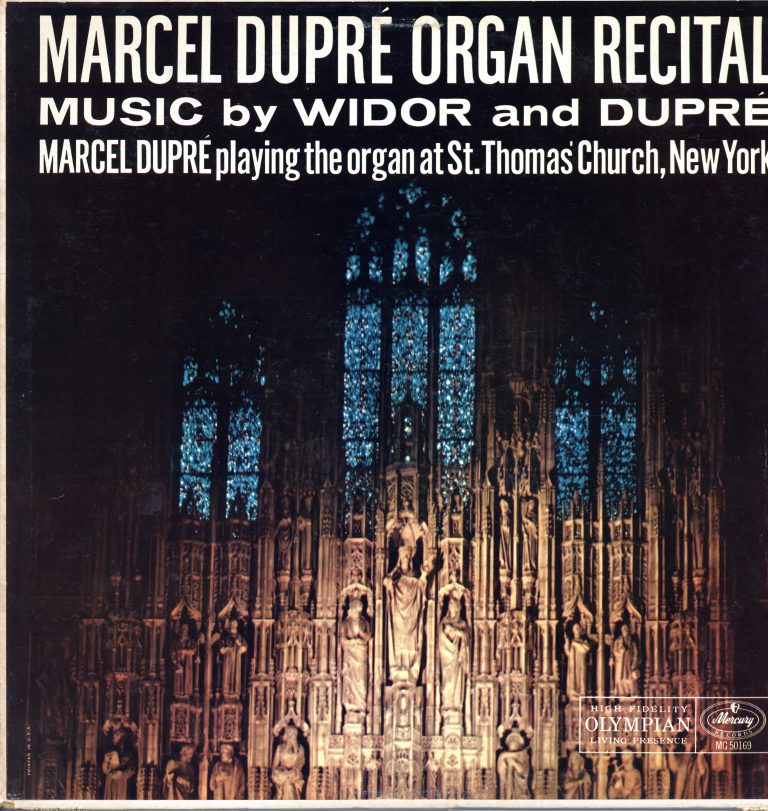
Author
Rollin Smith is director of publications for the Organ Historical Society, editor of its quarterly journal, The Tracker, and, for 19 years, contributor of the popular Last Page in The American Organist. He is the recipient of the Special Achievement Award given by the American Institute of Organ builders in recognition of his significant contribution to the documentation of the pipe organ and its music, and the Nicholas Bessaraboff Prize awarded by the American Musical Instrument Society for his Pipe Organs of the Rich and Famous. His most recent book is the second edition The Aeolian Pipe Organ and Its Music. Smith studied in Paris with Jean Langlais and holds a doctor of musical arts degree from the Juilliard School.

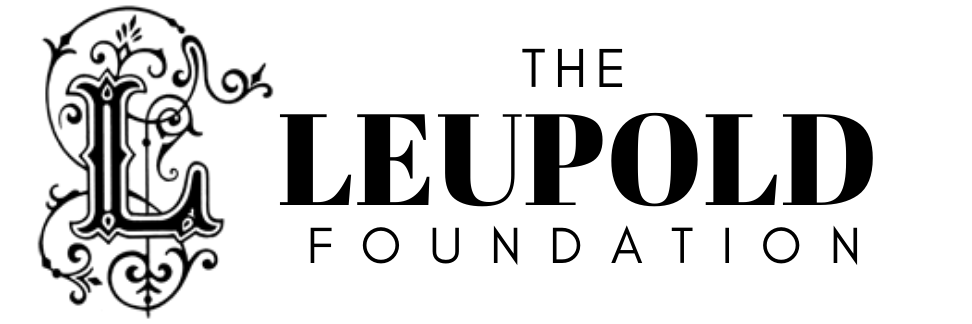
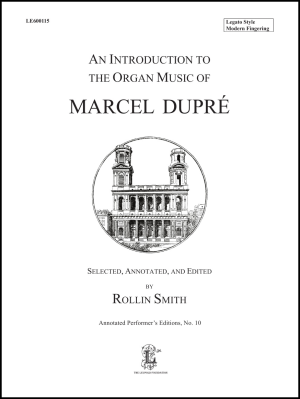

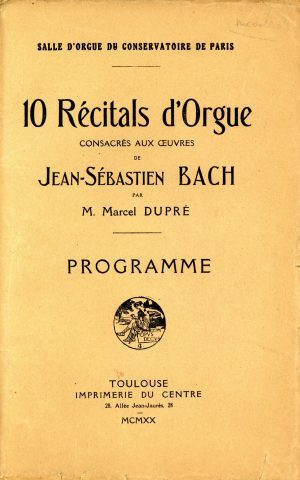
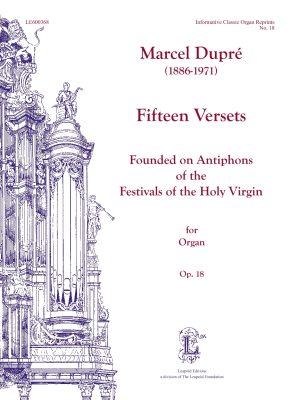
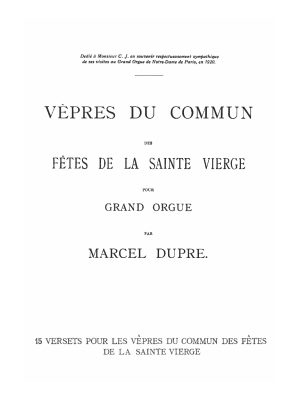
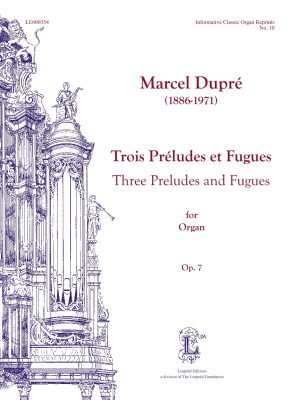
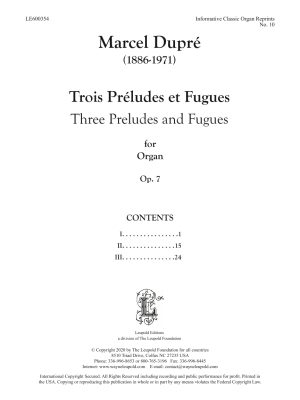
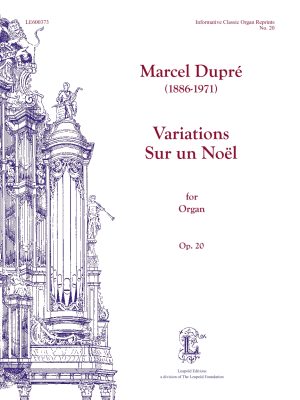
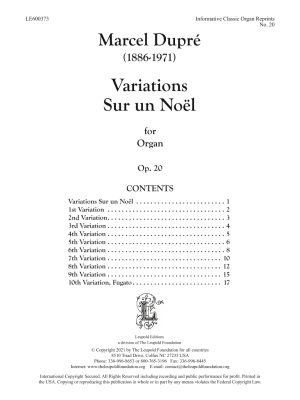
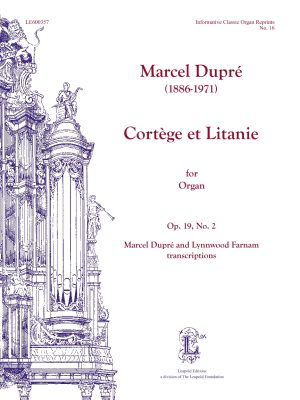
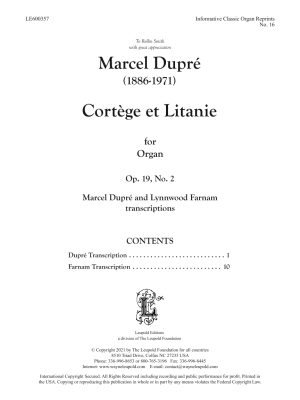
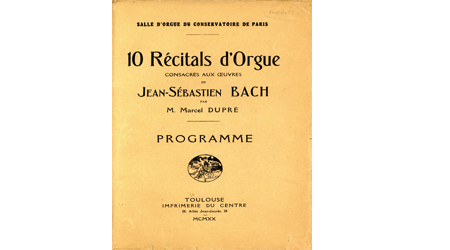
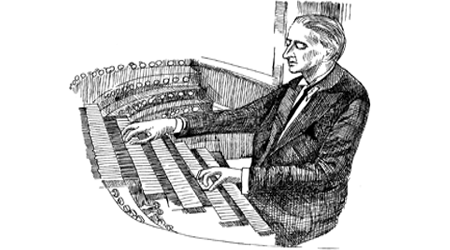
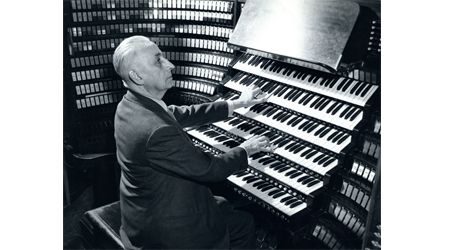
Leave a Reply
You must be logged in to post a comment.